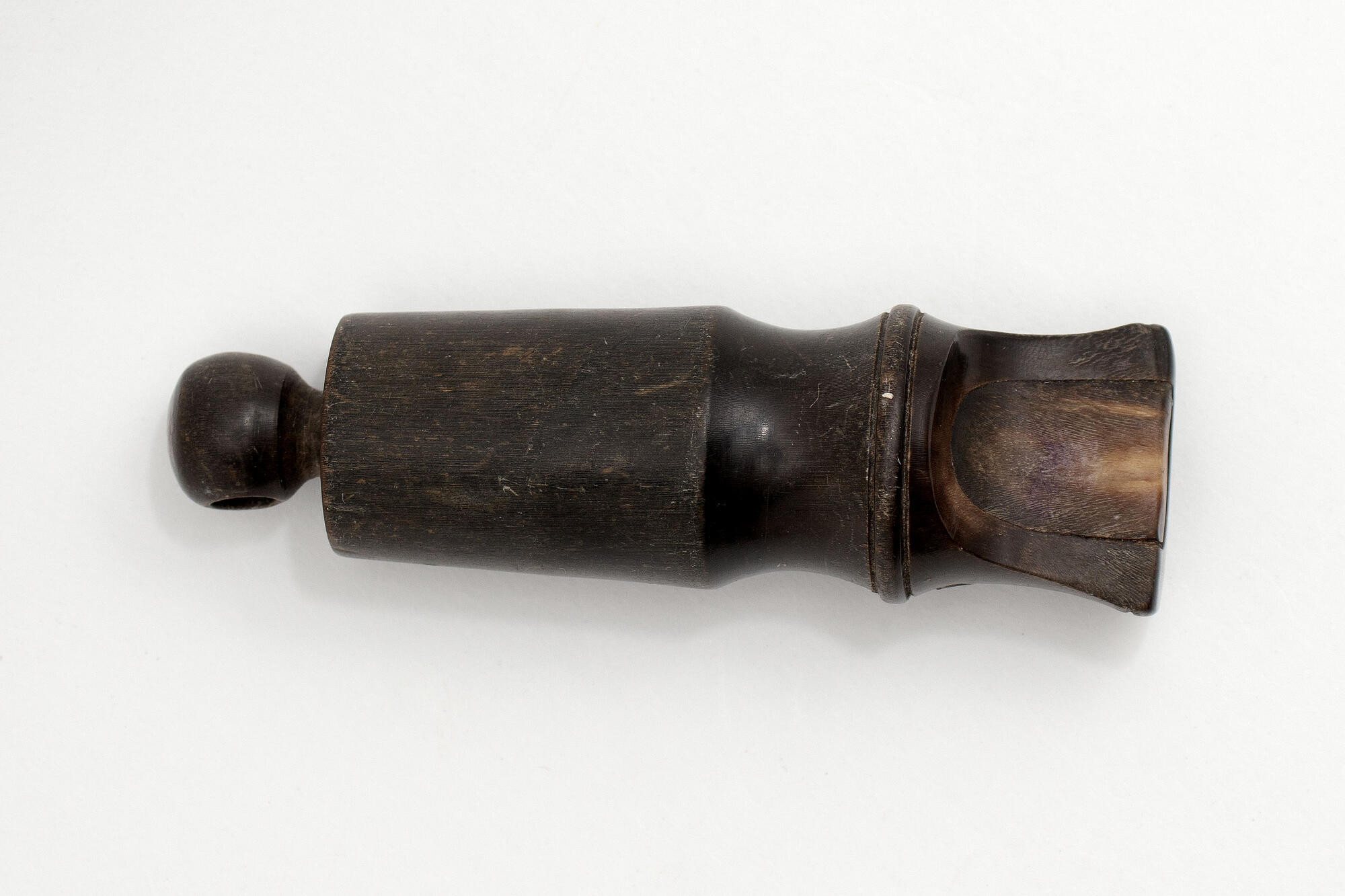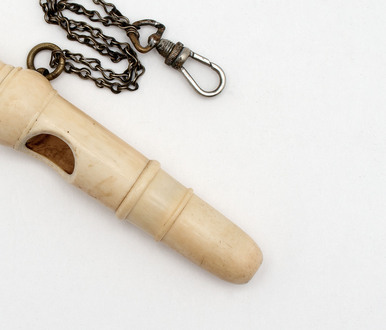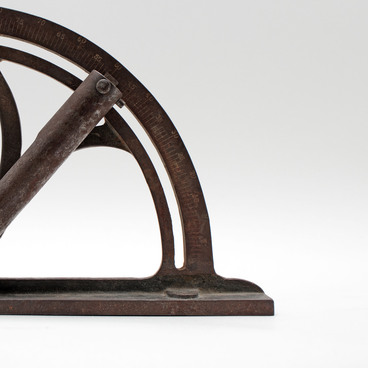From the 19th century, the whistle has been a mandatory part of the field uniforms of officers and non-commissioned officers of the Russian Imperial and then the Soviet Red Army. Small pockets on the belt were designed specifically for carrying this instrument.
On military vessels, lower-rank non-commissioned officers of the Russian Imperial Navy had special pipes that could play several tones with which they gaveb out orders to the crew. Land forces used the whistle to give out signals to the troops in the formation, and in the tsarist army, the sentry on duty was required to be equipped with one.
The officer’s whistle produces a special sound known as the edge tone. In general, the occurrence of whistling is associated with the stream of air, which breaks into vortices and swirls inside the whistle. A whistle with a ball inside is more complex: it acts as an obstacle for the stream of air and changes the frequency of the tone. The ball intermittently closes the hole for a brief moment, interrupting the sound, and the cycle continues. This results in trills similar to the singing of birds.
The whistle is a basic signaling instrument that is used in various fields. It is a mandatory element of equipment for polar, tourist and scientific expeditions. Its piercing sound can both scare away predators and call for help in dire circumstances. Whistling is louder and clearer than a human voice, especially in case of a blizzard or strong wind.
Whistles have existed since prehistoric times, when people noticed that blowing through a carved pumpkin or branch produced a very distinct sound. Many musical instruments, like the flute and the organ use the same basic principles as the whistle.
Among whistles, alarm sirens produce the loudest noise. During the Second World War, powerful sirens were designed to warn people of air raids. If one were to stand next to this siren, the volume of the sound it produced could exceed the pain threshold.
Most types of sirens make a sound by blowing compressed air through two grids, one of which rotates. A sound is emitted when the holes on the two grids coincide. The frequency of the sound depends on the grid’s rotation speed.



